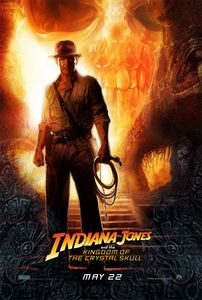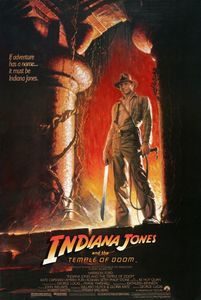Indiana Jones and the Last Crusade (1989)
(Second or third viewing, On TV, September 2016) Forgetting something isn’t usually a cause for joy, but forgetting enough of a great movie to make it possible to rediscover it as a great movie is an exception. So it is that I remembered enough of Indiana Jones and the Last Crusade to remember that it was a good movie, but not enough to spoil the moment-to-moment joy of watching it again twenty years later. A far more decent follow-up to Raiders of the Lost Ark than the disappointing Temple of Doom, this Last Crusade quickly fires on all cylinders the moment Jones Senior (Sean Connery in one of his most enjoyable performances) shows up to rival Jones Junior. The interplay between Connery and Harrison Ford is terrific (especially when Alison Doody’s temptress character is involved), and confronting the Nazis in their backyard is a great way to heighten the stakes. Steven Spielberg is also remarkable in his action-adventure mode, cleverly building up suspense and working his audience like a fiddle—the tank sequence alone is a masterclass in how to build an action sequence. Faithfully taking up the thrill-a-minute rhythm of the serials that inspired the first film, Indiana Jones and the Last Crusade is one of the good adventure movies of the eighties, and it still works remarkably well today. For best results, watch it soon after the first film.



